How to prune black currants in the fall?
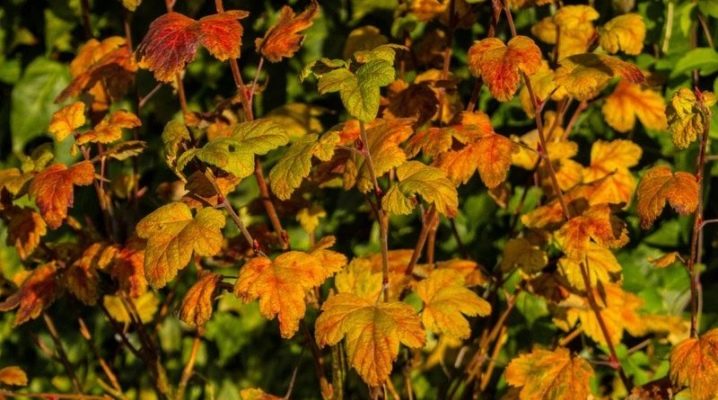
When preparing currant bushes for wintering, it is important to cut them off in a timely manner. Correct shortening has a great effect on crop yield.
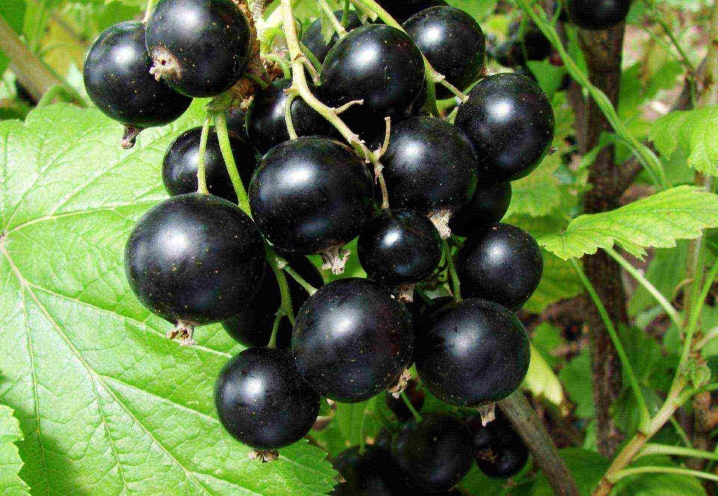
The need for a procedure
Autumn is the best time for pruning currant bushes. During this period, the fruiting process of the plant is already ending. All the leaves fall from it, so the gardener can clearly see all the branches that need to be removed.
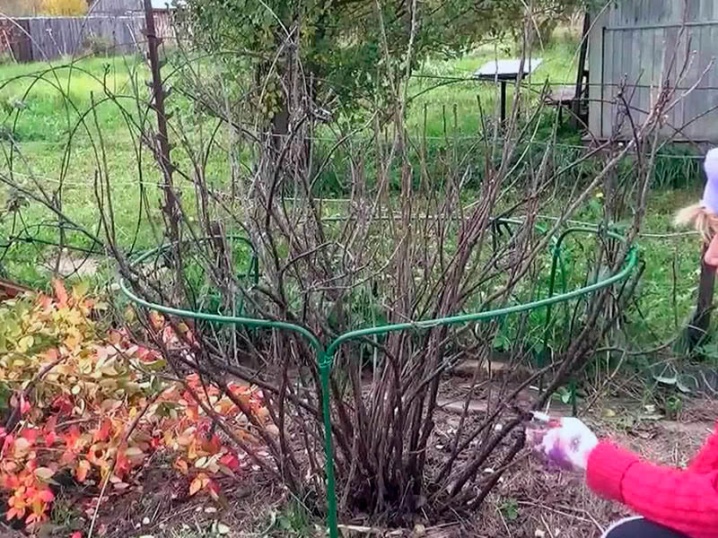
Timely pruning of currant bushes helps:
- further stimulate the growth of strong young shoots;
- form a neat bush that will be very easy to care for;
- get rid of pests, as well as protect the plant from various diseases.
It is recommended to clean both young bushes and adult plants from unnecessary branches. It will only do them good.
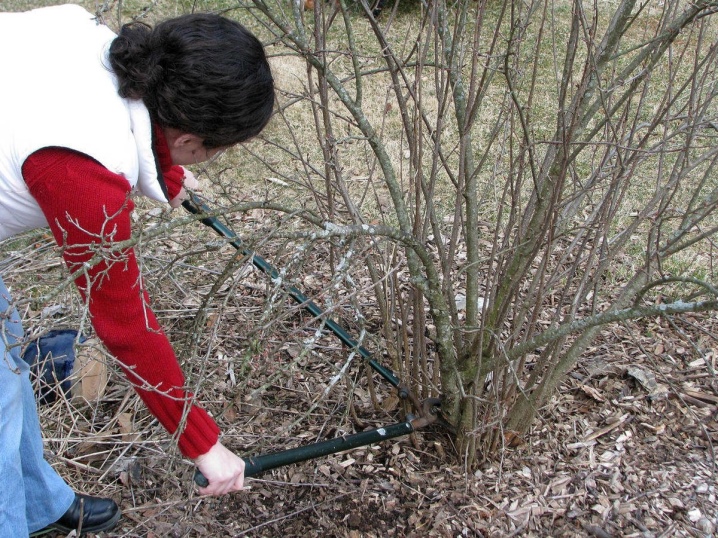
Timing
In order not to harm the plant, it is very important to take into account the timing of all procedures. Experienced gardeners note that the bush is ready for pruning immediately after the leaves fall.
When pruning currants, it is important to take into account the peculiarities of the climate in the selected region. So, in Siberia, where the winters are very cold, it is necessary to shorten the shoots from mid-September. In the Moscow region, they begin to prepare currants for frost at the end of October, in the southern regions of the country - in November.
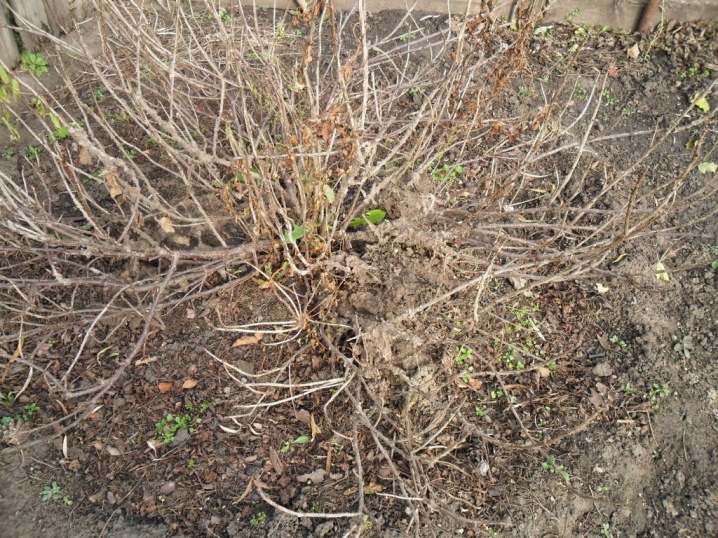
Many amateur gardeners prefer to prune plants and form bushes according to the lunar calendar: it is recommended to trim the currants before the new moon.
It is very important to have time to cut the bushes before the first frost. In this case, the plants will be really ready for winter.
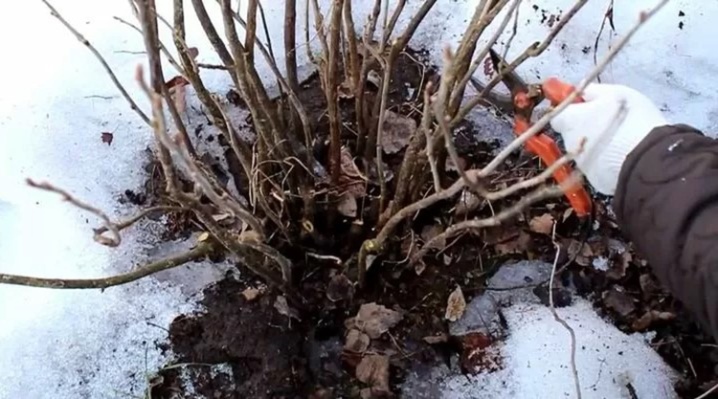
Required tools
To prune blackcurrants in the fall, gardeners usually use a small set of gardening tools.
- Pruner. It is ideal for removing branches that are not too thick. It's pretty simple to work with it. A good pruner should be very sharp. In this case, it will not injure the bark of the plant.
- Garden knife. This tool can be used to trim thin currant twigs. It allows you to carefully cut off unnecessary shoots. But in order to do everything right, a person needs to have experience with this tool.
- Hacksaw. This tool is used to remove thicker branches. They cut the shoots at the root. The hacksaw should not be too big. In this case, it will be convenient to work with it.
- Lopper. This tool is recommended for working with dense and old bushes. It has a lot to do with pruning shears. The difference is that it has slightly longer handles.
- Brush cutter. This tool can be used to work with bushes of different shapes and sizes. It can be used to remove branches of any thickness.

The gardener will also need a rake and gardening gloves to clean the area after pruning the bush. All instruments are recommended to be disinfected before use.
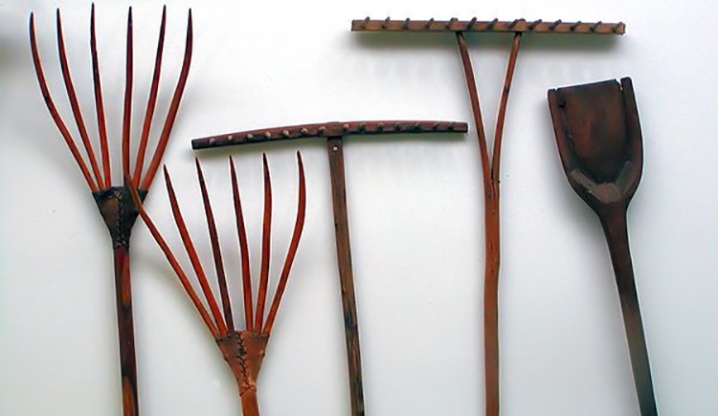
Pruning different bushes
Before pruning the bush, you need to prepare the site for work. To do this, the area must be completely cleared of fallen leaves, as well as weeds. It is especially important to do this if the bushes were sick in the summer or were attacked by insects.
After that, you can start forming a bush. In the process, you need to take into account the age of the plant.
Young
Before pruning a young currant bush, it must be inspected. All weak and thin shoots must be removed. At this stage, you need to leave no more than four branches. The rest of the shoots are cut at the root. The cuts should be straight.
The remaining stems are also carefully trimmed. A bush that is well prepared for winter should consist exclusively of woody stems. In this case, he will be able to survive the winter without any problems.
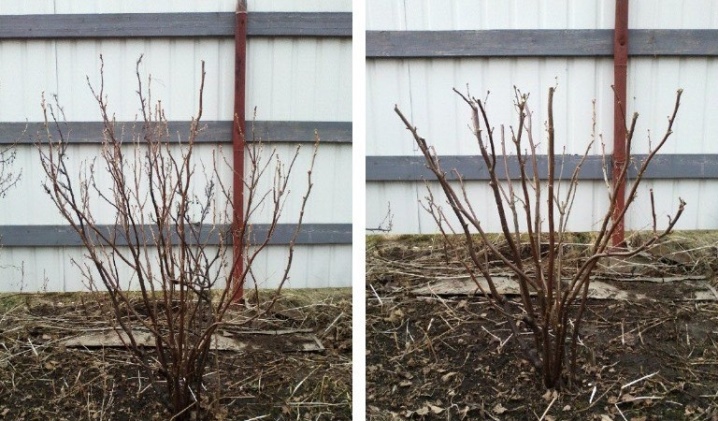
Adult
Shrubs at the age of 3-4 years are also quite easy to trim. At this stage, they still continue to form. At this time, it is very important to completely remove all root growth. This is done so that the bush does not grow much. Young shoots are usually cut directly at the roots with a sharp pruner.
Having got rid of the overgrowth, you can start removing weak branches. Particular attention should be paid to the shoots that are located right inside the bush.
The ends of the branches must also be trimmed. This is done in order for the plant to develop well and bear fruit.
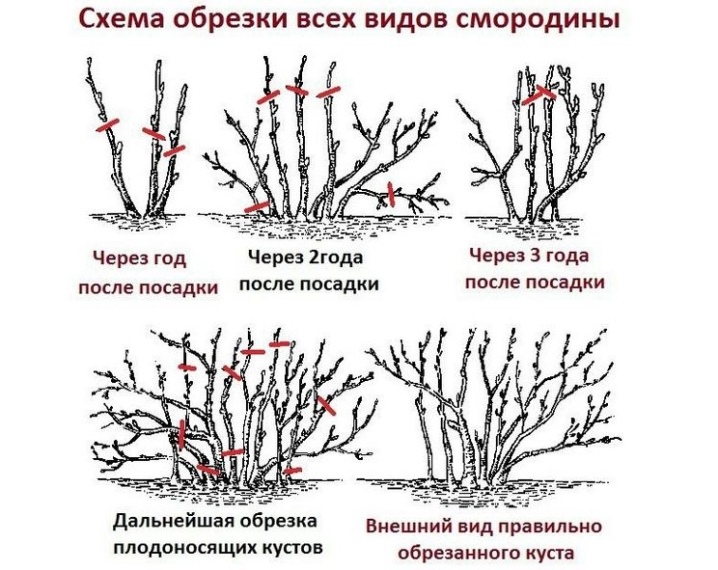
An adult bush is usually spherical.
Old neglected
The autumn preparation of the bush for winter takes a little longer. Plants at this stage consist of a large number of branches, so they need to be thinned well. The bush pruning scheme consists of three stages.
- The first step is to remove all broken, dry, and disease-or pest-damaged branches. They are cut at the root.
- Next, you need to get rid of those shoots that interfere with the development of new branches. This is most conveniently done with a lopper.
- After that, you need to remove the branches that did not bear fruit throughout the season. This will help rejuvenate the plant.
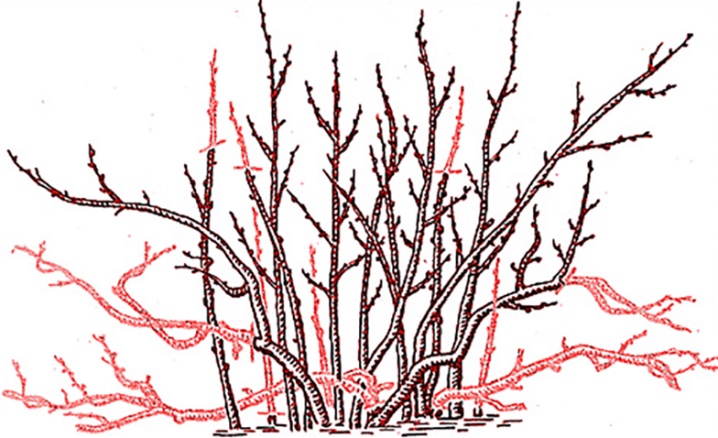
After pruning the bushes, all branches, as well as fallen leaves, must be removed and immediately burned. If this is not possible, the vegetation must be removed outside the site.

Features of pruning bushes of different varieties
Separately, it is worth talking about pruning different varieties of currants.
Altai
The peculiarity of these plants is that the berries appear on the middle or upper part of the stem, so they do not need to be cut. When pruning such bushes, only dry and old branches are removed. All other shoots are left intact. This is done in order not to harm the young currants.
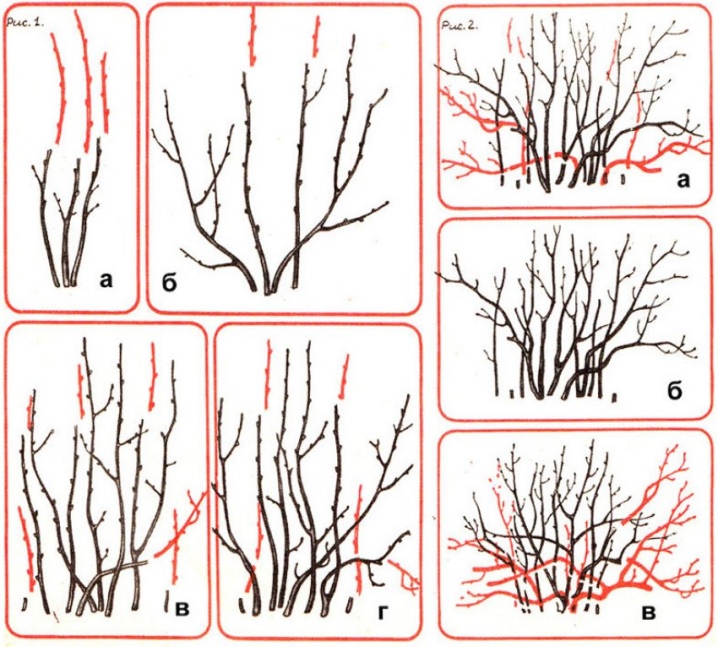
Fast growing
On such bushes, a large number of shoots are formed annually. They usually appear in the root zone. In order for the bushes to develop well and bear fruit, they must be completely removed. Young shoots are cut at the root.

Passive currant
Such varieties are not very popular now. They grow too slowly, which does not suit many gardeners. You need to trim such plants carefully. It is necessary to remove only old and dry branches, as well as tops. In this case, young shoots will receive more nutrients.
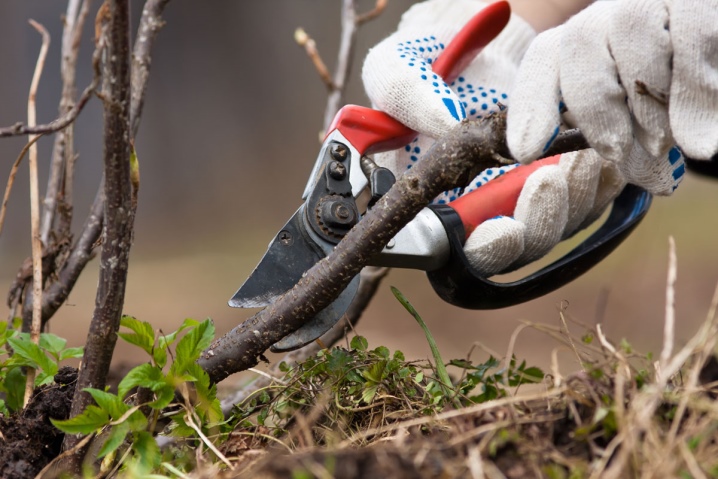
Follow-up care
It is important for novice gardeners to learn how to properly care for the bushes after they are pruned. This process consists of several main stages.
- Slicing processing. This process helps protect plants from infectious diseases. Before processing the branches, it is important to wait until the juice begins to stand out from the place of the cuts. Further, a small amount of garden varnish should be applied to these areas.
- Top dressing. After trimming the plant, the soil next to it must be well dug up. Further, it is also necessary to introduce high-quality fertilizers into it. Experienced gardeners recommend using phosphate-potassium fertilizers. If you feed the bushes with them, they will better resist frost, and also bear fruit well. In order not to harm the roots of the plant, the soil must be well watered before fertilizing. For this, at least 10 liters of water are used. Water the plants carefully. Moisture must be completely absorbed into the soil.
- Treatment against pests and diseases. In order not to be afraid of various diseases and insects, gardeners try to treat the bushes with protective agents in the fall. This procedure must be carried out in dry and calm weather. This can only be done after harvesting.
- Preparing for winter. In the process of preparing a site for cold weather, it is important to take into account the peculiarities of the local climate. If winters in the region are usually frosty and snowless, it is recommended to cover the bushes with a layer of sawdust or spruce branches. In other cases, the bushes should not be insulated. It is enough just to neatly tie all the shoots with a strong rope. This is done so that the snow does not break off the branches of the plant over time. There is no need to bend the plants to the ground.
Proper care of currants has a great effect on the condition of the bushes. Pruning at the right time can significantly increase the lifespan of young plants.
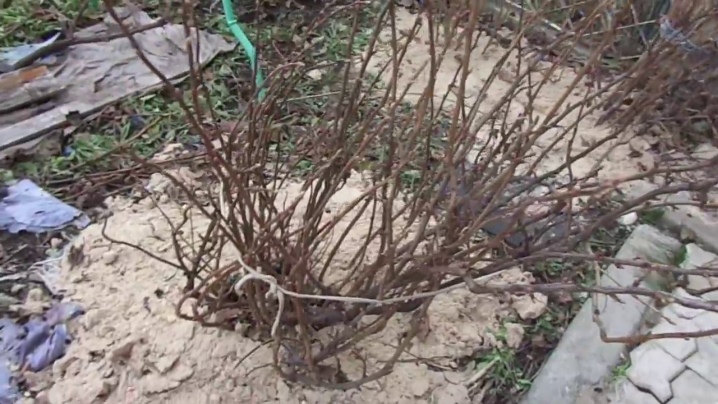













The comment was sent successfully.